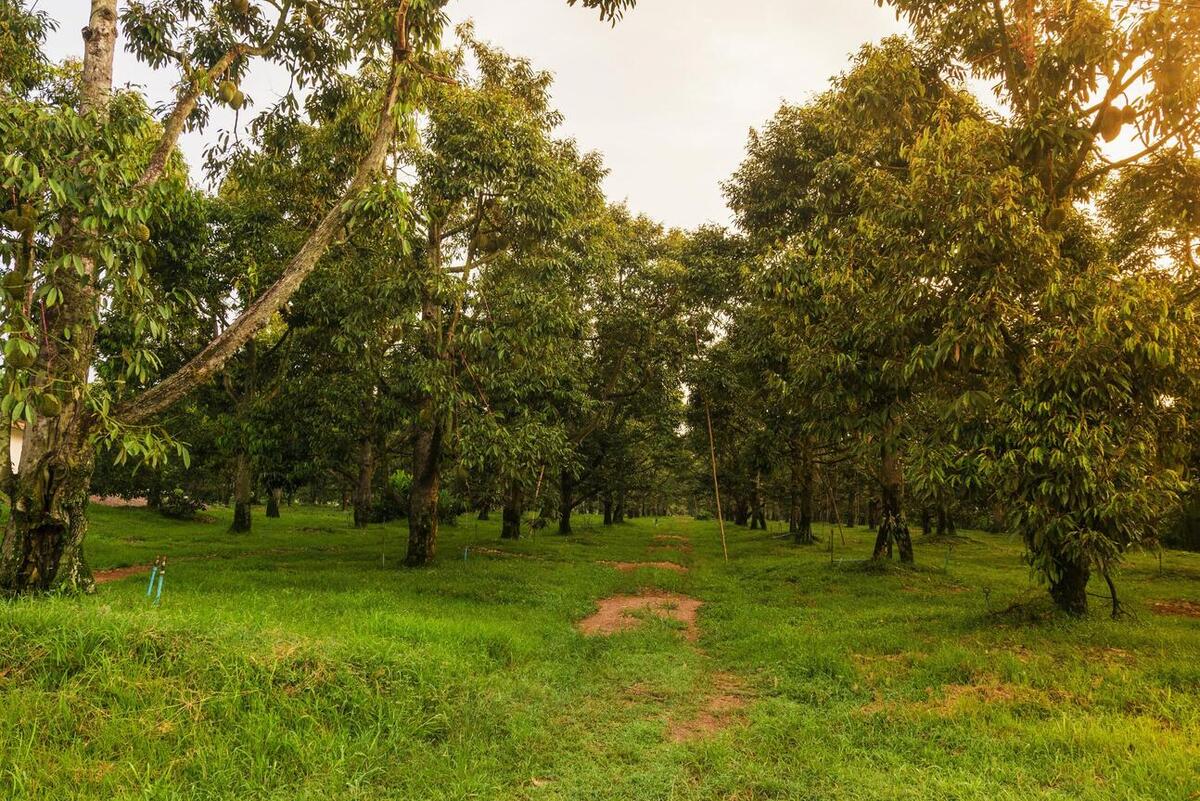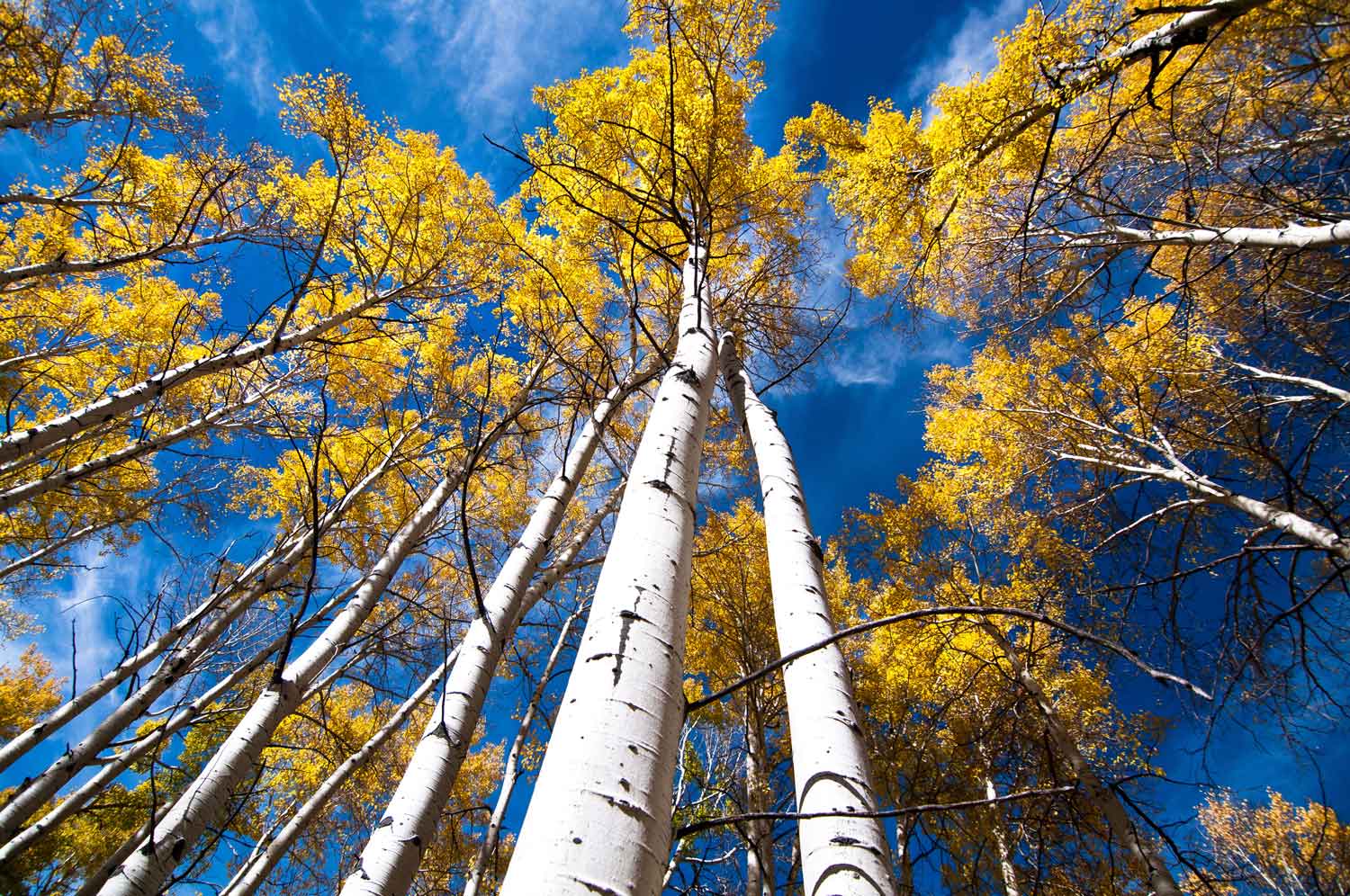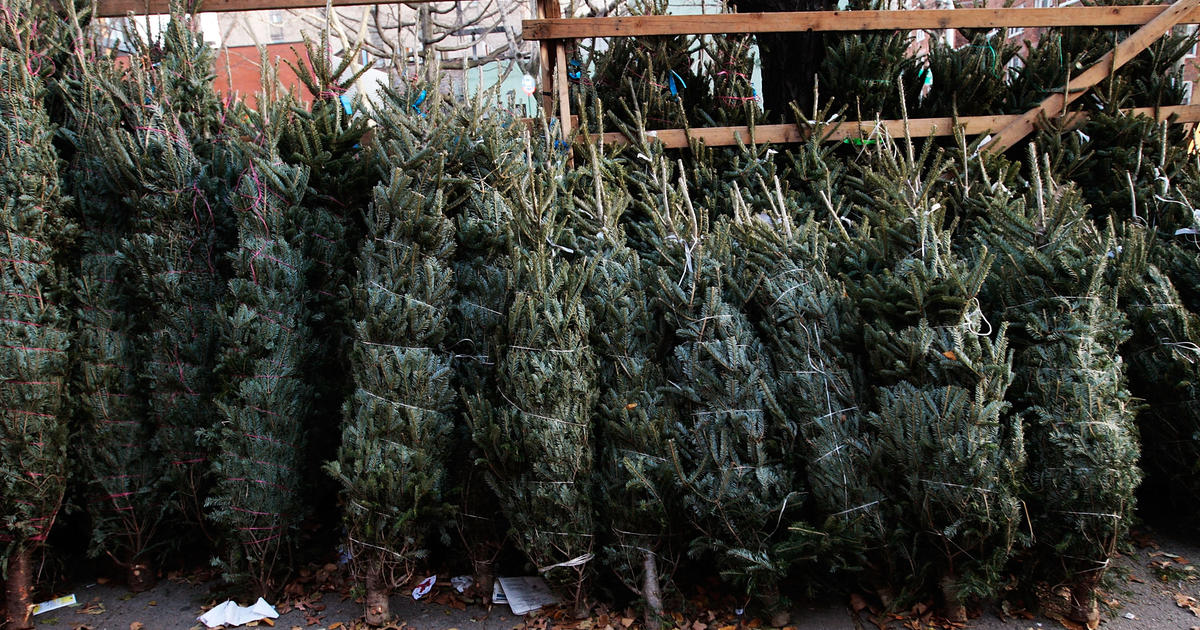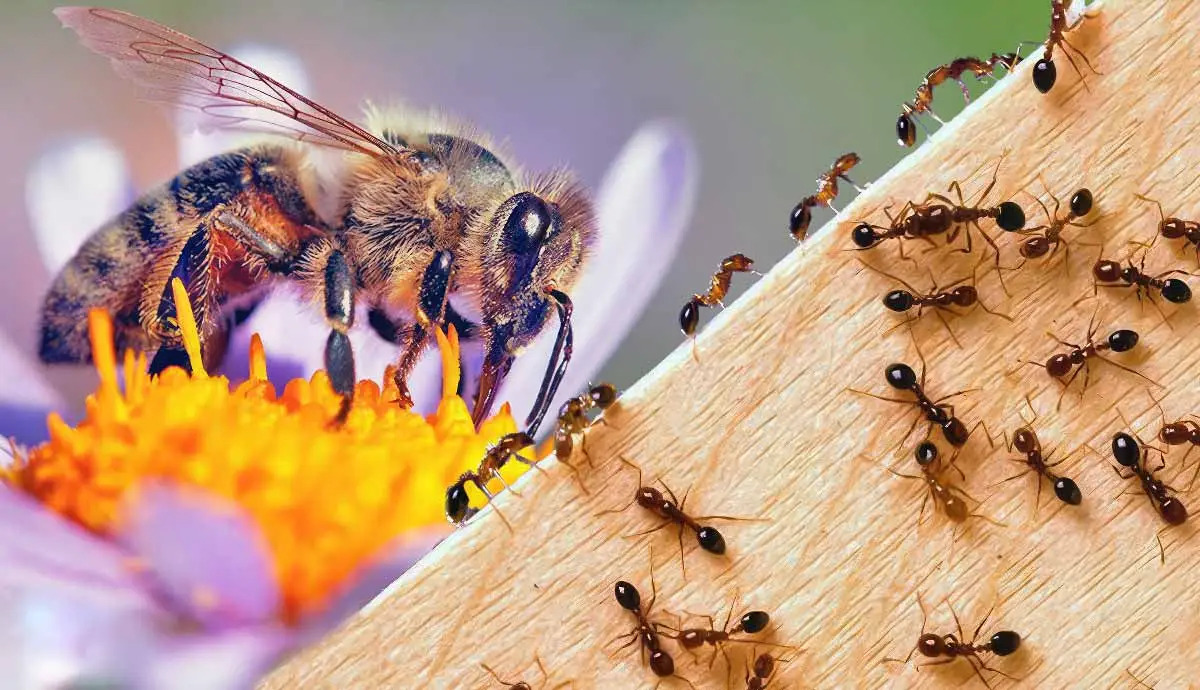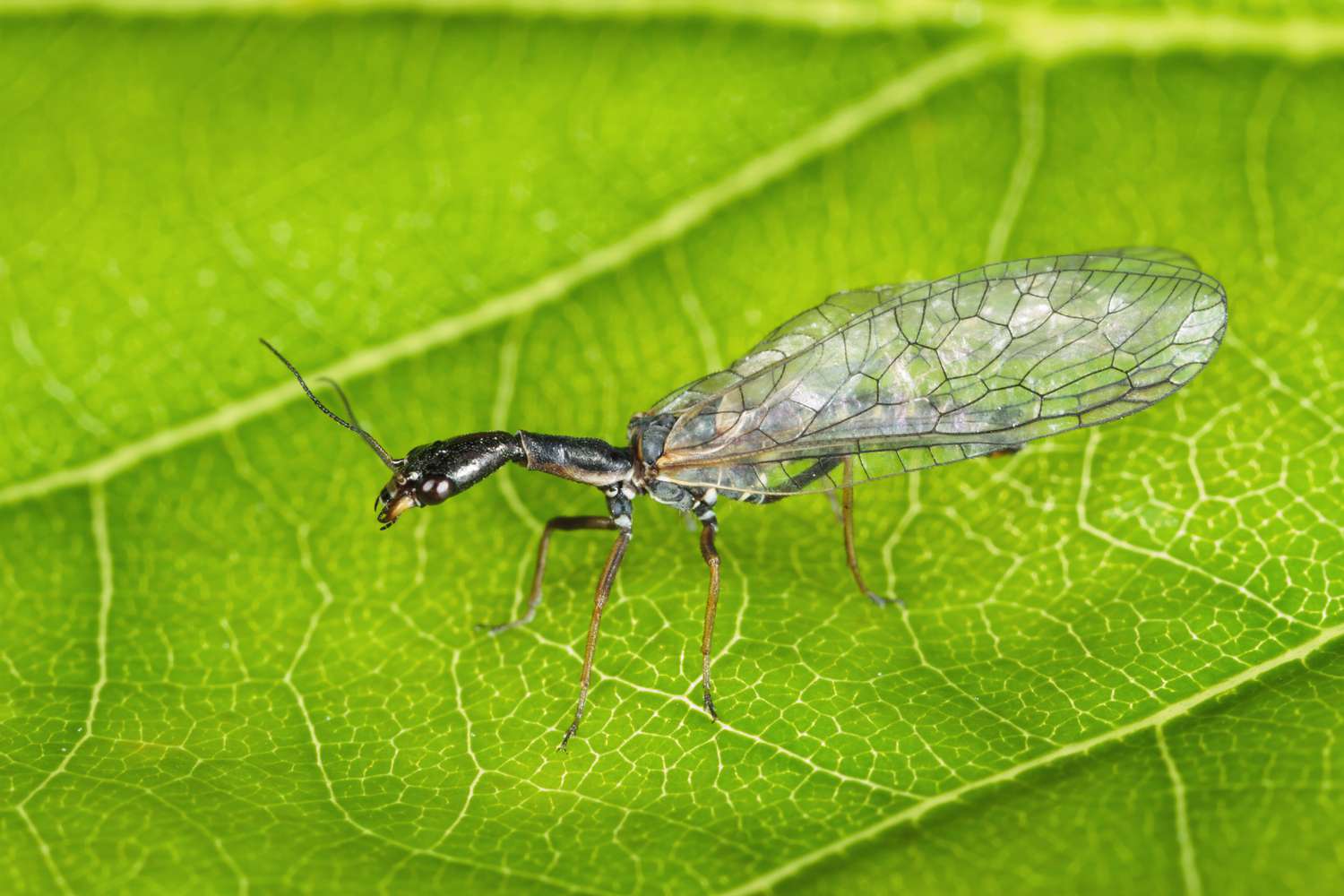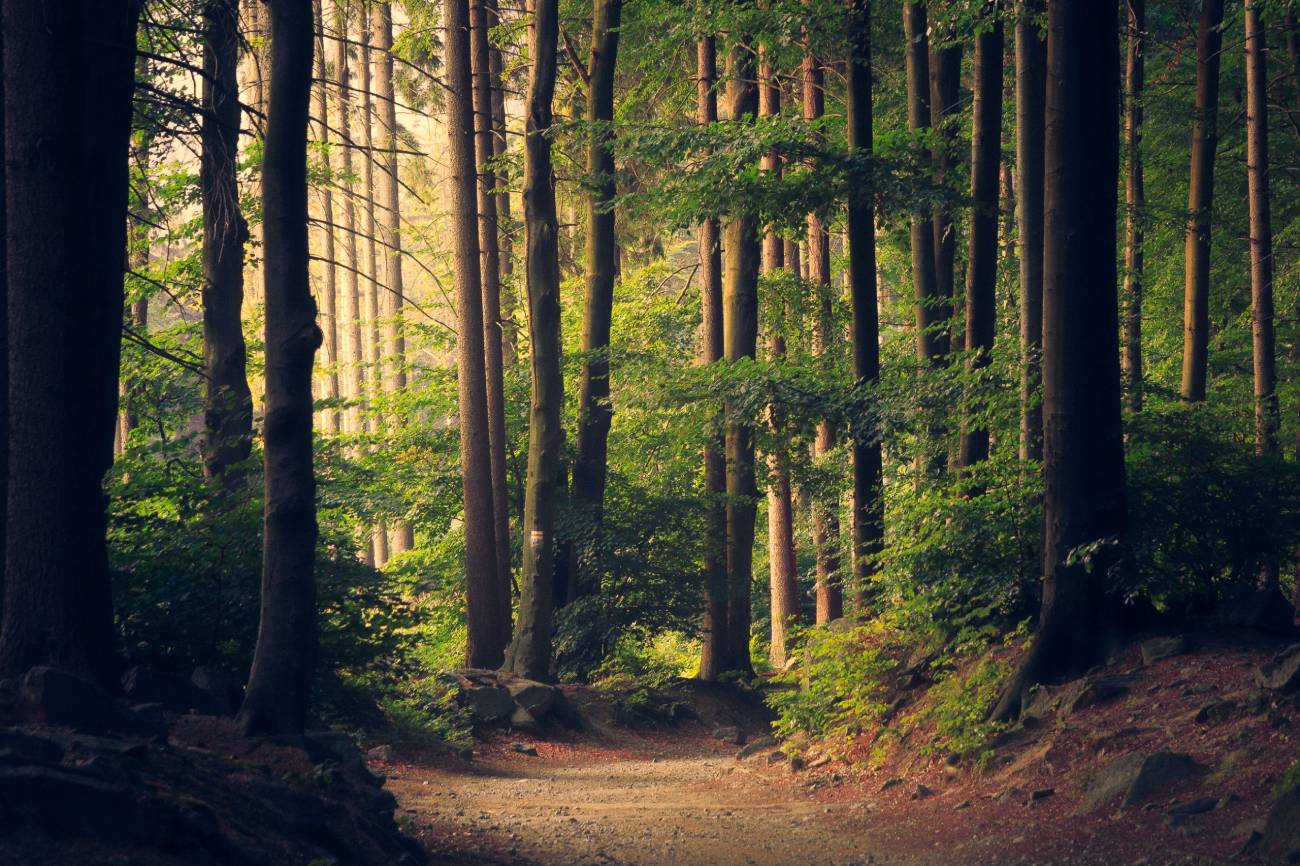Home>Gardening News and Trends>Latest News>How Many Trees In Central Park
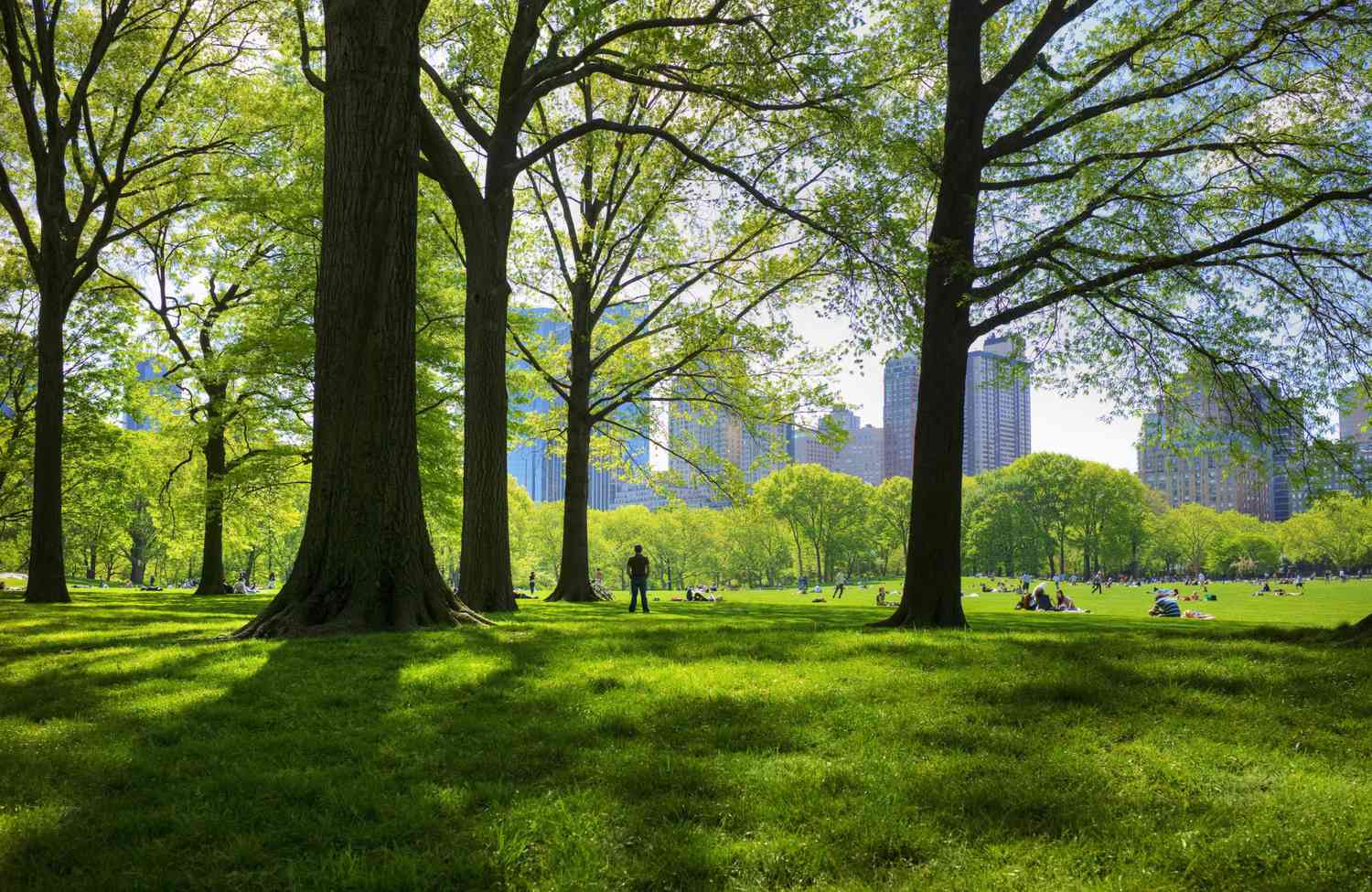

Latest News
How Many Trees In Central Park
Modified: January 22, 2024
Discover the latest news on the number of trees in Central Park. Stay updated with the most recent information regarding the park's lush greenery and its conservation efforts.
(Many of the links in this article redirect to a specific reviewed product. Your purchase of these products through affiliate links helps to generate commission for Chicagolandgardening.com, at no extra cost. Learn more)
Table of Contents
- Introduction
- History of Central Park
- Importance of Trees in Central Park
- Methods Used to Determine the Number of Trees
- Results and Estimations of Tree Count in Central Park
- Varieties of Trees in Central Park
- Ecological Impact and Benefits of Trees in Central Park
- Conservation Efforts and Tree Management in Central Park
- Conclusion
- References
Introduction
Central Park, located in the heart of Manhattan, is not only a beloved recreational area but also a vital green oasis in an urban jungle. With its sprawling landscapes, scenic paths, and iconic landmarks, Central Park offers respite from the hustle and bustle of city life. One of the park’s most distinguishing features is its extensive collection of trees, which not only beautify the environment but also provide numerous ecological benefits.
Since its inception, Central Park has been meticulously designed to incorporate a diverse array of tree species, creating a harmonious blend of nature and urbanity. These trees not only enhance the park’s aesthetic appeal but also contribute to the overall well-being of the ecosystem. From providing shade on hot summer days to improving air quality and supporting biodiversity, the trees in Central Park play a vital role in maintaining a healthy and sustainable urban ecosystem.
In this article, we will delve into the fascinating world of the trees in Central Park. We will explore the history of the park, the methods used to determine the number of trees, the varieties of trees found within its borders, and the ecological impact of these trees. We will also discuss the conservation efforts and tree management practices employed to preserve the integrity and beauty of Central Park’s green spaces.
By uncovering the secrets and significance of Central Park’s tree population, we can gain a deeper appreciation for this urban oasis and develop a greater understanding of the importance of trees in our urban environments.
History of Central Park
Central Park has a rich and storied history that dates back to the mid-19th century. The idea for creating a large public park in the center of Manhattan was conceived as a response to the city’s rapid urbanization and the need for green spaces for its growing population.
In 1853, the New York State Legislature authorized the creation of Central Park, designating 843 acres of land for the park’s development. The task of transforming this vast plot of land into a meticulously designed park fell upon Frederick Law Olmsted and Calvert Vaux, two visionary landscape architects.
Under the guidance of Olmsted and Vaux, Central Park was designed in the romantic landscape tradition, which sought to create an idealized natural environment within an urban setting. The park’s design incorporated various elements, including trees, water bodies, meadows, and rock formations, to create a dynamic and picturesque landscape.
During the park’s initial construction, approximately four million trees and shrubs were planted to establish the park’s greenery. The team of landscape architects carefully selected a diverse range of tree species from around the world, ensuring a vibrant and sustainable ecosystem within the park.
As the park evolved over the years, additional trees were planted, and the landscaping was refined to create a harmonious balance between the natural and man-made elements. Today, Central Park boasts over 26,000 trees, each contributing to the park’s unique and enchanting ambiance.
Throughout its history, Central Park has served as a sanctuary for New Yorkers, offering a serene escape from the city’s fast-paced lifestyle. The park has witnessed numerous historical events and played host to countless recreational, cultural, and social activities that have shaped the fabric of the city.
Today, Central Park stands as a testament to the vision and dedication of its creators. It remains one of the most iconic and beloved urban parks in the world, attracting millions of visitors each year who come to admire its beauty and immerse themselves in its tranquility.
Importance of Trees in Central Park
The trees in Central Park serve a multitude of important roles that contribute to the park’s overall ecological health, aesthetic appeal, and the well-being of its visitors.
Firstly, the trees provide shade, creating cool and comfortable spaces for park-goers, especially during hot summer months. This shade not only offers respite from the sweltering heat but also helps reduce the urban heat island effect, mitigating the impact of high temperatures in densely populated areas.
Furthermore, the trees in Central Park improve air quality by absorbing carbon dioxide, a greenhouse gas that contributes to climate change, and releasing oxygen through the process of photosynthesis. This natural carbon sequestration helps combat air pollution and enhances the overall environmental quality within the park.
In addition to their environmental benefits, trees also play a significant role in supporting biodiversity. Central Park’s diverse tree species provide habitat and food sources for a wide range of animal species, including birds, insects, and mammals. The park’s trees serve as an oasis for migratory birds and provide nesting sites for local avian populations.
The trees in Central Park also contribute to the overall beauty and aesthetic appeal of the park. Their lush green foliage, vibrant flowers, and changing colors throughout the seasons create a captivating landscape that attracts visitors from all walks of life. The combination of carefully curated tree arrangements and wild woodland areas adds to the park’s charm and natural allure.
Moreover, the trees in Central Park offer psychological and emotional benefits to park-goers. Numerous studies have shown that spending time in nature, including urban parks with abundant tree cover, can reduce stress, improve mood, and enhance overall well-being. The calming effect of trees and the soothing sounds of leaves rustling and birdsong create a peaceful and rejuvenating atmosphere in the midst of the bustling city.
Overall, the trees in Central Park play a vital role in maintaining a healthy and sustainable urban ecosystem. Their numerous environmental, ecological, and aesthetic benefits contribute to the overall well-being of both the park and its visitors. It is imperative that we continue to protect and preserve these trees for future generations to enjoy.
Methods Used to Determine the Number of Trees
Determining the exact number of trees in a vast and sprawling park like Central Park is no small feat. Over the years, several methods and techniques have been employed to estimate the tree count, providing valuable insights into the park’s thriving arboreal population.
One widely used method is visual tree surveys conducted by trained professionals. Arborists and foresters systematically traverse the park, visually inspecting and cataloging each tree they encounter. This method involves identifying and recording the species, size, and health of each tree, often using specialized tools such as binoculars and measuring devices. These surveys provide valuable data on the overall distribution, density, and health of the tree population within Central Park.
Satellite imagery and remote sensing technology have also been instrumental in estimating tree numbers. High-resolution aerial photographs or satellite images of Central Park are analyzed to detect and map the location of trees. Advanced computer algorithms can process these images, identifying tree canopies and even estimating their height and canopy cover. While this method may not provide a precise tree count, it offers a comprehensive overview of the park’s tree distribution and density.
Another approach is the use of LiDAR (Light Detection and Ranging) technology. LiDAR involves emitting laser pulses from an aircraft or drone and accurately measuring the time it takes for the laser to return after bouncing off surfaces. This data can be used to create highly detailed three-dimensional models of Central Park, including the trees. By analyzing these models, experts can estimate tree heights, canopy volumes, and even distinguish between different tree species.
There are also citizen science initiatives that engage volunteers in collecting data about trees. These programs train and empower members of the community to participate in tree surveys, providing valuable additional data points to supplement professional surveys. Citizen scientists can contribute by documenting tree locations, species, and other relevant information, helping in the overall estimation of tree counts within Central Park.
Despite the various methods used, it is important to note that estimating the exact number of trees in Central Park is challenging due to factors such as the park’s vast size, its diverse habitats, and the dynamic nature of the tree population. Nonetheless, the combination of visual surveys, remote sensing techniques, and citizen science initiatives allows for a comprehensive understanding of the park’s arboreal wealth.
Results and Estimations of Tree Count in Central Park
Estimating the exact number of trees in Central Park is a complex task, considering the park’s vast size and diverse landscapes. While the exact count may vary depending on the methodology used, several estimations provide valuable insights into the impressive arboreal population within the park.
Based on visual tree surveys and aerial imagery analysis, it is estimated that Central Park is home to over 26,000 trees. These trees represent a wide range of species, including deciduous trees like oaks, maples, and birches, as well as evergreen conifers like pines and spruces. Together, they create a diverse and vibrant tapestry of greenery throughout the park.
LiDAR technology has also contributed to the estimation of tree counts in Central Park. By analyzing the three-dimensional models created from LiDAR data, experts have been able to estimate the canopy cover and volume of trees within the park. These estimations further confirm the significant presence of trees in Central Park, highlighting their ecological and aesthetic importance.
It is worth noting that tree counts may fluctuate over time due to factors such as tree growth, natural mortality, and new tree plantings. Regular monitoring and updating of tree inventories are essential to accurately track the dynamics of Central Park’s tree population.
While precise tree counts are challenging, these estimations demonstrate the remarkable abundance of trees within Central Park. The sheer number and diversity of trees contribute to the park’s iconic and lush environment, creating a captivating experience for visitors and residents alike.
Moreover, these estimations highlight the successful tree management practices employed in Central Park. The consistent efforts in tree planting and preservation have resulted in a thriving and sustainable urban forest, serving as a testament to the importance of proactive park management.
Continued monitoring and assessment of the tree population in Central Park will provide valuable insights for future conservation efforts. By understanding the current status and trends in tree count, park authorities can implement effective strategies to maintain and enhance the health and vitality of Central Park’s tree population.
Varieties of Trees in Central Park
Central Park is known for its remarkable diversity of tree species, carefully curated to create a visually captivating and ecologically vibrant environment. The park boasts a wide range of tree varieties, each contributing to the unique charm and character of its landscapes.
One of the prominent tree species in Central Park is the American elm (Ulmus americana). These majestic trees, with their arching branches and distinctive vase-shaped canopy, can be found lining many of the park’s scenic paths. Despite the devastating effects of Dutch elm disease, Central Park has successfully maintained a significant population of American elms through diligent management and treatment.
The park also features a multitude of oak species, including the pin oak (Quercus palustris), red oak (Quercus rubra), and white oak (Quercus alba). Oaks are renowned for their longevity and stately appearance, with their broad crowns and characteristic lobed leaves adding a touch of grandeur to Central Park’s landscapes.
Maple trees, known for their vibrant foliage, are another highlight of Central Park. The park is home to several maple species, including the sugar maple (Acer saccharum), silver maple (Acer saccharinum), and red maple (Acer rubrum). These trees dazzle visitors with their brilliant displays of red, orange, and yellow leaves during the autumn season.
Coniferous trees, such as pines, spruces, and firs, contribute to the year-round greenery within Central Park. The Austrian pine (Pinus nigra), Norway spruce (Picea abies), and Douglas fir (Pseudotsuga menziesii) are among the conifer species that add texture and depth to the park’s landscapes. Their needle-like foliage and unique cone structures provide an evergreen backdrop, even during the winter months.
In addition to these well-known tree species, Central Park houses numerous lesser-known varieties that contribute to the park’s biodiversity. Tulip trees (Liriodendron tulipifera), ginkgo trees (Ginkgo biloba), and Japanese pagoda trees (Styphnolobium japonicum) are just a few examples of the diverse tree species thriving within the park.
The intentional selection and careful placement of these tree varieties create an enchanting and harmonious blend of colors, forms, and textures throughout Central Park. The ever-changing palette of leaf colors and textures, from delicate blossoms in the spring to fiery foliage in the fall, ensures that visitors are treated to a sensory feast year-round.
Central Park’s commitment to maintaining and introducing diverse tree species not only adds beauty and visual appeal to the park but also contributes to the overall health and resilience of the urban ecosystem. It provides habitats for a variety of wildlife and enhances the ecological balance within the park.
Exploring the diverse tree varieties in Central Park provides a valuable opportunity to appreciate the intricate beauty and significance of urban green spaces. These trees showcase the power of nature to uplift and inspire, making Central Park a truly remarkable destination for nature lovers and city dwellers alike.
Ecological Impact and Benefits of Trees in Central Park
The trees in Central Park have a profound ecological impact and provide numerous benefits to both the park’s ecosystem and the surrounding urban environment. These trees play a crucial role in sustaining the park’s biodiversity, improving air quality, and mitigating the effects of urbanization.
Central Park’s tree population supports a diverse array of wildlife, serving as essential habitat and food sources for various species. Birds, squirrels, butterflies, and bees are just a few examples of the wildlife that depend on the trees for shelter and sustenance. The trees’ branches and foliage provide nesting sites and protection, while their fruits, seeds, and nectar attract a wide range of small mammals and insects.
Furthermore, the trees in Central Park contribute to the improvement of air quality in the surrounding urban environment. Through the process of photosynthesis, trees absorb carbon dioxide, a greenhouse gas responsible for climate change, and release oxygen, thereby reducing the overall carbon footprint. The foliage also acts as a natural filter, capturing airborne pollutants and particulate matter, thereby improving air quality and human health.
The trees’ shading effect is another significant ecological benefit. By providing shade, the trees help lower the temperature and reduce the heat island effect in urban areas. During hot summer months, the shade cast by the trees creates cooler microclimates, making the park a comfortable and inviting retreat for both humans and wildlife.
Central Park’s trees also contribute to soil conservation and water management. The extensive root systems of these trees help stabilize soil, reducing erosion and preventing sediment runoff into water bodies. This benefits both the park’s landscape and adjacent waterways, ensuring the health and sustainability of the ecosystem.
In addition, the trees provide aesthetic and recreational benefits, enhancing the overall experience of visitors to Central Park. The verdant canopies, vibrant foliage, and soothing sounds of nature create a serene and welcoming atmosphere. Walking paths, picnic areas, and quiet alcoves shaded by trees provide opportunities for relaxation, exercise, and socializing.
The presence of trees in Central Park also promotes mental and physical well-being. Spending time in green spaces has been shown to reduce stress, improve mood, and enhance cognitive function. The calming and therapeutic effects of trees and nature, combined with the park’s recreational amenities, contribute to the overall health and happiness of park-goers.
In summary, the trees in Central Park have a profound impact on the ecological health and well-being of both the park and the surrounding urban environment. They support biodiversity, improve air quality, provide shade and cooling, conserve soil and water, enhance aesthetics, and promote human well-being. Central Park’s commitment to preserving and expanding its tree population is crucial for the sustainability and resilience of this iconic urban oasis.
Conservation Efforts and Tree Management in Central Park
Central Park’s trees require careful conservation and management to ensure their health, longevity, and continued contribution to the park’s ecosystem and aesthetic appeal. The dedicated efforts of park authorities and volunteers enable the preservation and sustainable management of these vital natural resources.
One key aspect of tree management in Central Park is regular monitoring and maintenance. Trained arborists and park staff conduct routine inspections to assess the health and condition of the trees. This includes checking for signs of diseases, pests, and structural issues such as weak branches or root damage. Early detection of problems allows for timely intervention and appropriate treatment strategies, minimizing the impact on the overall tree population.
The conservation efforts also involve tree pruning and trimming to maintain the structural integrity and aesthetics of the trees. Pruning helps remove dead or diseased branches, encourages proper growth patterns, and minimizes the risk of falling limbs. It is done selectively and with respect to the natural form and growth habit of each tree species, ensuring the long-term health and vitality of the tree population.
Central Park’s tree management strategies also focus on ensuring a diverse and balanced tree population. This involves introducing new tree species, especially those that are resilient to climate change and adapted to urban environments. The careful selection and planting of these species help diversify the ecosystem while promoting biodiversity and enhancing the park’s aesthetic value.
Proactive soil management is another crucial aspect of tree conservation in Central Park. Maintaining healthy soil conditions, including proper drainage, irrigation, and nutrient management, supports the robust growth and development of the trees. It also helps prevent soil compaction and erosion, providing a favorable environment for root growth and nutrient uptake.
Engaging the community through educational programs and citizen science initiatives is an important part of Central Park’s tree conservation efforts. These programs raise awareness about the significance of trees, their conservation, and the role individuals can play in tree care. Volunteers are trained to assist in tree surveys, invasive species removal, and other maintenance activities, fostering a sense of ownership and stewardship within the community.
Furthermore, the park authorities collaborate with environmental organizations, universities, and research institutions to leverage scientific expertise and advance tree conservation practices. This includes conducting research on tree physiology, tree diseases, and tree management techniques, ensuring that the most up-to-date and effective methods are employed in Central Park.
Overall, the conservation efforts and tree management strategies applied in Central Park demonstrate a commitment to preserving the park’s natural heritage. Through careful monitoring, maintenance, and community engagement, Central Park ensures the ongoing health and sustainability of its valuable tree population, allowing visitors and future generations to continue to enjoy the beauty and benefits of these iconic trees.
Conclusion
Central Park, with its abundant and diverse tree population, stands as a testament to the harmonious coexistence of nature and urban life. The park’s trees provide countless ecological, aesthetic, and recreational benefits that enrich the lives of visitors and contribute to the overall health of the surrounding environment.
From the historic American elms to the vibrant maple trees and majestic oaks, the varieties of trees in Central Park create a captivating tapestry of colors, textures, and forms. They offer shade on hot summer days, improve air quality, support biodiversity, and provide a serene escape from the hectic city life. The presence of these trees rejuvenates the spirit, reduces stress, and enhances the overall well-being of park-goers.
Central Park’s commitment to tree conservation and management is evident through their rigorous monitoring, maintenance, and community engagement efforts. Through partnerships, research, and volunteer programs, the park ensures that its tree population remains healthy, diverse, and resilient to future challenges.
The ongoing dedication to sustainability and preservation ensures that Central Park’s trees will continue to thrive and inspire generations to come. The park serves as an invaluable example of the positive impact that urban green spaces and well-managed trees can have on communities.
As visitors stroll along the park’s winding paths, bask in the shade of towering trees, and immerse themselves in the park’s natural beauty, it becomes apparent that Central Park’s trees imbue the landscape with a sense of wonder, tranquility, and harmony. They remind us of the power of nature to heal, restore, and connect us to the world around us.
Central Park’s trees are not just part of the park; they are an integral part of the city’s identity. They remind us of the importance of preserving and nurturing our green spaces, not only for their inherent value but also for the numerous benefits they provide to our physical, mental, and environmental well-being.
With each passing season, Central Park’s trees continue to captivate, inspire, and breathe life into the heart of the city. We are fortunate to have this urban oasis and its magnificent trees as a reminder of the power and beauty of nature in an urban environment.
References
- Central Park Conservancy. (n.d.). Central Park Tree Guide. Retrieved from https://www.centralparknyc.org/media-center/publications/tree-guide
- City of New York. (2021). Central Park. Retrieved from https://www.nycgovparks.org/parks/central-park
- Leff, L. (2019). Central Park Entire: The Definitive Illustrated Companion to the World’s Most Famous Park. Thames & Hudson.
- Mäki-Petäys, M. (2020). Urban Trees: A Global Perspective. Routledge.
- Manning, R., & Lawson, S. R. (2018). Parks and Carrying Capacity: Commons Without Tragedy. Island Press.
Please note that the references provided are a starting point and additional sources may have been consulted to inform the content of this article.


